Advances in Multiuser Detection
Preface. Contributors. 1 Overview of Multiuser Detection ( Michael L. Honig). 1.1 Introduction. 1.2 Matrix Channel Model. 1.3 Optimal Multiuser Detection. 1.4 Linear Detectors. 1.5 Reduced-Rank Estimation. 1.6 Decision-Feedback Detection. 1.7 Interference Mitigation at the Transmitter. 1.8 Overview of Remaining Chapters. References. 2 Iterative Techniques ( Alex Grant and Lars K. Rasmussen). 2.1 Introduction. 2.2 Iterative Joint Detection for Uncoded Data. 2.3 Iterative Joint Decoding for Coded Data. 2.4 Concluding Remarks. References. 3 Blind Multiuser Detection in Fading Channels ( Daryl Reynolds, H. Vincent Poor, and Xiaodong Wang). 3.1 Introduction. 3.2 Signal Models and Blind Multiuser Detectors for Fading Channels. 3.3 Performance of Blind Multiuser Detectors. 3.4 Bayesian Multiuser Detection for Long-Code CDMA. 3.5 Multiuser Detection for Long-Code CDMA in Fast-Fading Channels. 3.6 Transmitter-Based Multiuser Precoding for Fading Channels. 3.7 Conclusion. References. 4 Performance with Random Signatures ( Matthew J. M. Peacock, Iain B. Collings, and Michael L. Honig). 4.1 Random Signatures and Large System Analysis. 4.2 System Models. 4.3 Large System Limit. 4.4 Random Matrix Terminology. 4.5 Incremental Matrix Expansion. 4.6 Analysis of Downlink Model. 4.7 Spectral Efficiency. 4.8 Adaptive Linear Receivers. 4.9 Other Models and Extensions. 4.10 Bibliographical Notes. References. 5 Generic Multiuser Detection and Statistical Physics < Dongning Guo and Toshiyuki Tanaka). 5.1 Introduction. 5.2 Generic Multiuser Detection. 5.3 Main Results: Single-User Characterization. 5.4 The Replica Analysis of Generic Multiuser Detection. 5.5 Further Discussion. 5.6 Statistical Physics and the Replica Method. 5.7 Interference Cancellation. 5.8 Concluding Remarks. 5.9 Acknowledgments. References. 6 Joint Detection for Multi-Antenna Channels ( Antonia Tulino, Matthew R. McKay, Jeffrey G. Andrews,. Iain B. Collings, and Robert W. Heath, Jr.). 6.1 Introduction. 6.2 Wireless Channels: The Multi-Antenna Realm. 6.3 Definitions and Preliminaries. 6.4 Multi-Antenna Capacity: Ergodic Regime. 6.5 Multi-Antenna Capacity: Non-Ergodic Regime. 6.6 Receiver Architectures and Performance. 6.7 Multiuser Multi-Antenna Systems. 6.8 Diversity-Multiplexing Tradeoffs and Spatial Adaptation. 6.9 Conclusions. References. 7 Interference Avoidance for CDMA Systems ( Dimitrie C. Popescu, Sennur Ulukus, Christopher Rose, and Roy Yates). 7.1 Introduction. 7.2 Interference Avoidance Basics. 7.3 Interference Avoidance over Time-Invariant Channels. 7.4 Interference Avoidance in Fading Channels. 7.5 Interference Avoidance in Asynchronous Systems. 7.6 Feedback Requirements for Interference Avoidance. 7.7 Recent Results on Interference Avoidance. 7.8 Summary and Conclusions. References. 8 Capacity-Approaching Multiuser Communications Over Multiple Input/Multiple Output Broadcast Channels ( Uri Erez and Stephan ten Brink). 8.1 Introduction. 8.2 Many-to-One Multiple Access versus One-to-Many Scalar Broadcast Channels. 8.3 Alternative Approach: Dirty Paper Coding. 8.4 A Simple 2 x 2 Example. 8.5 General Gaussian MIMO Broadcast Channels. 8.6 Coding with Side Information at the Transmitter. 8.7 Summary. References. Index.
{{comment.content}}
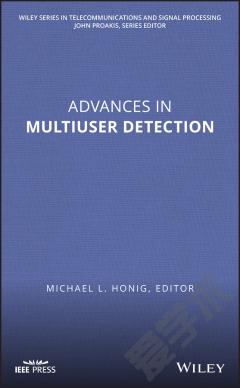
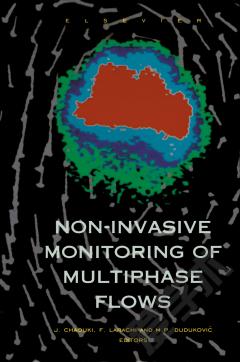

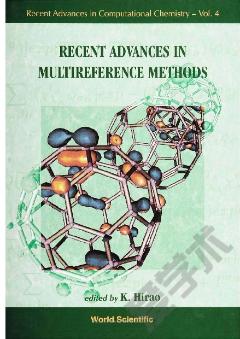
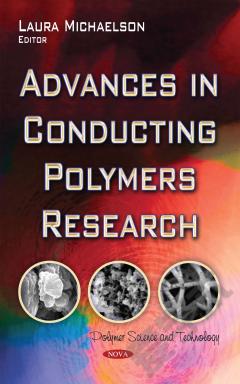

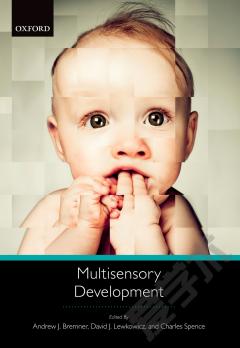

 京公网安备 11010802027623号
京公网安备 11010802027623号